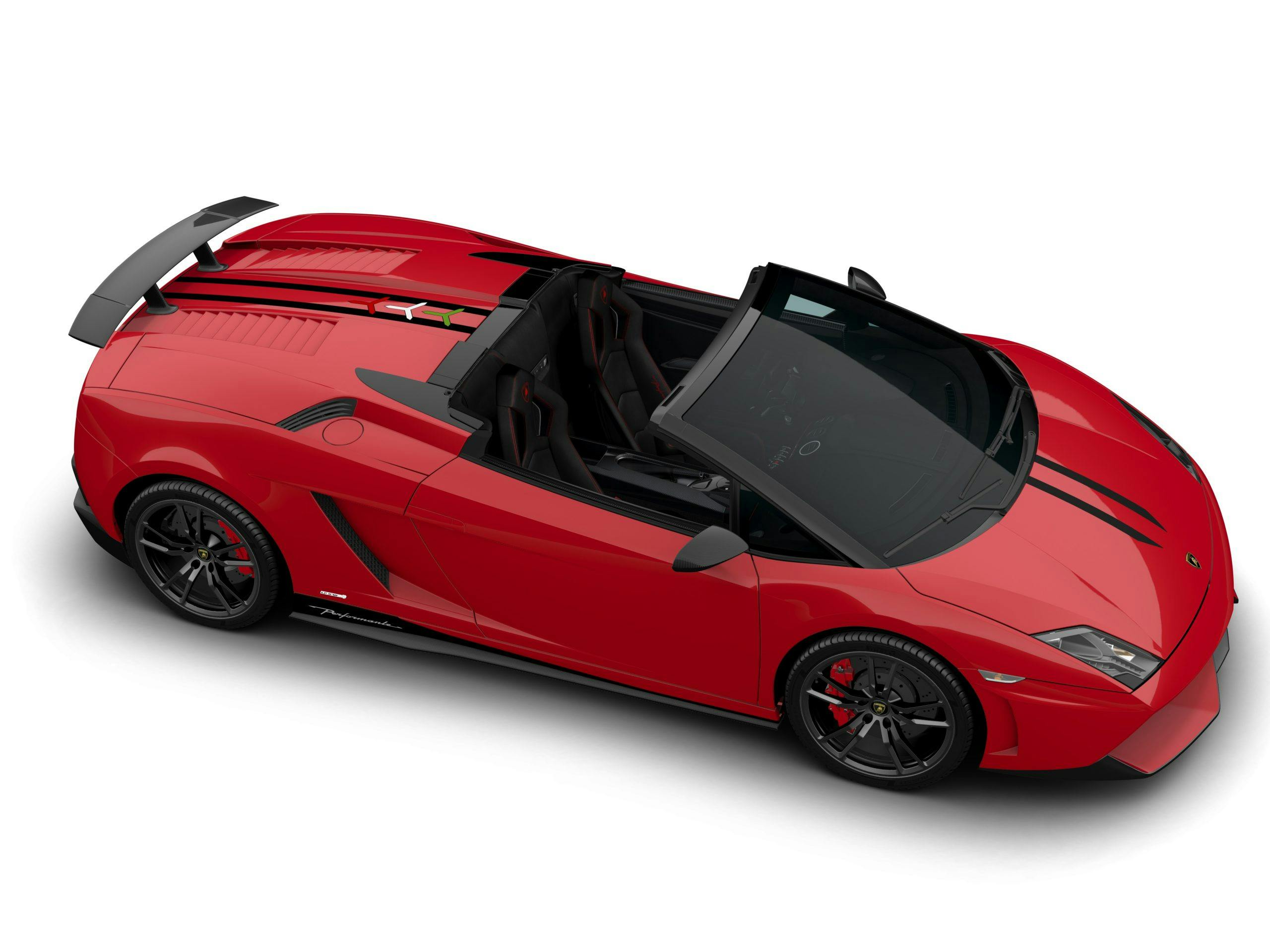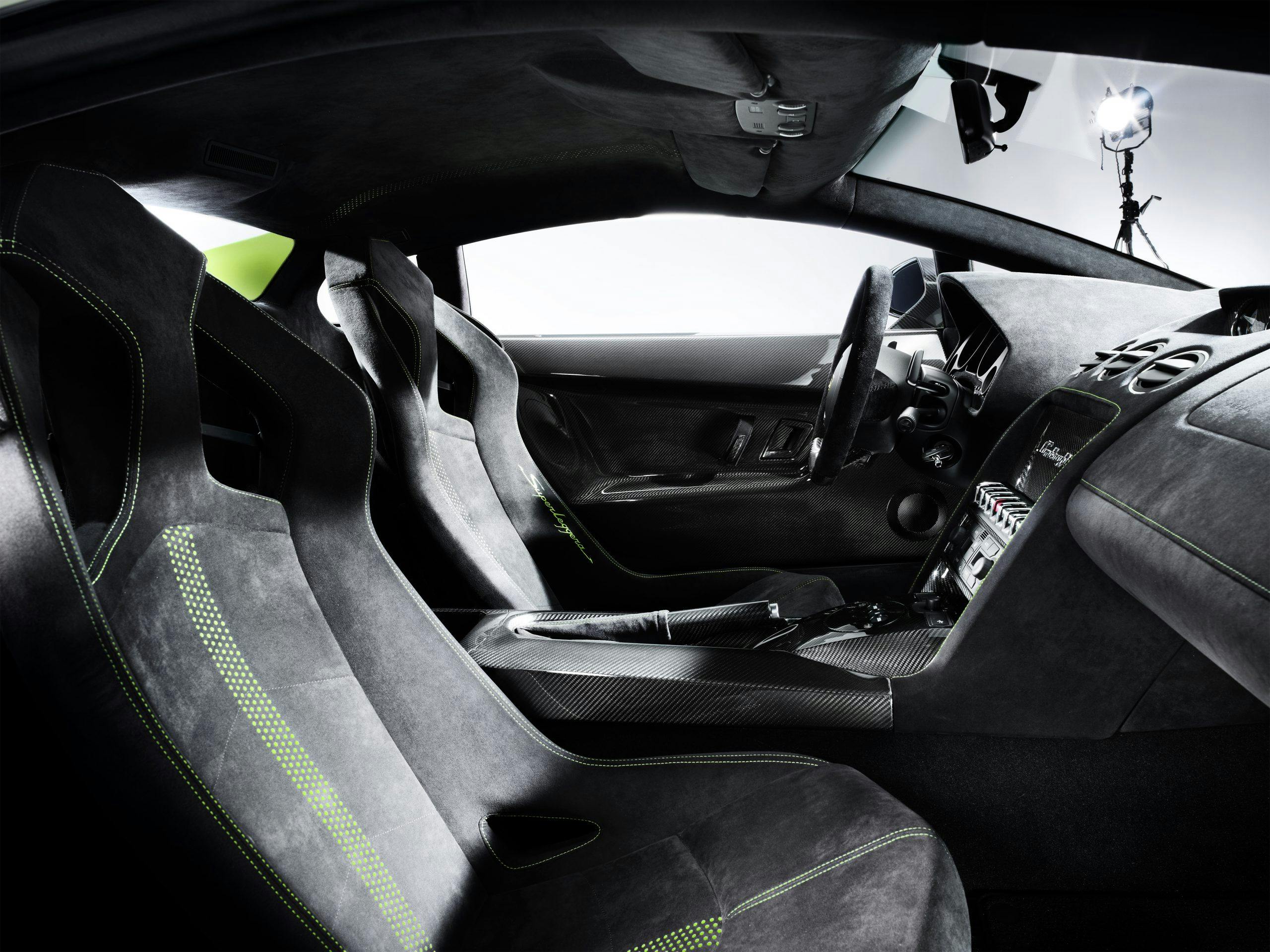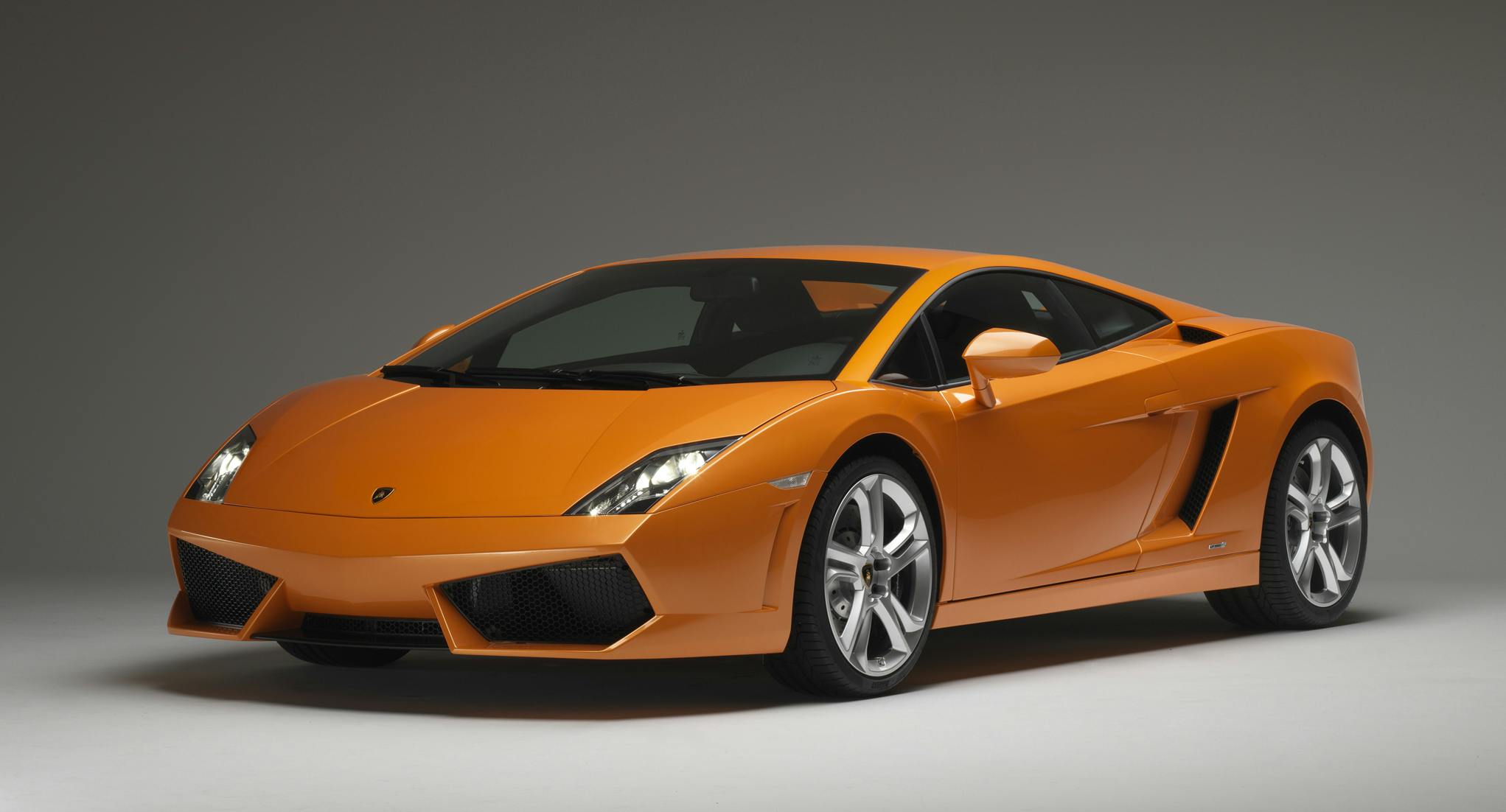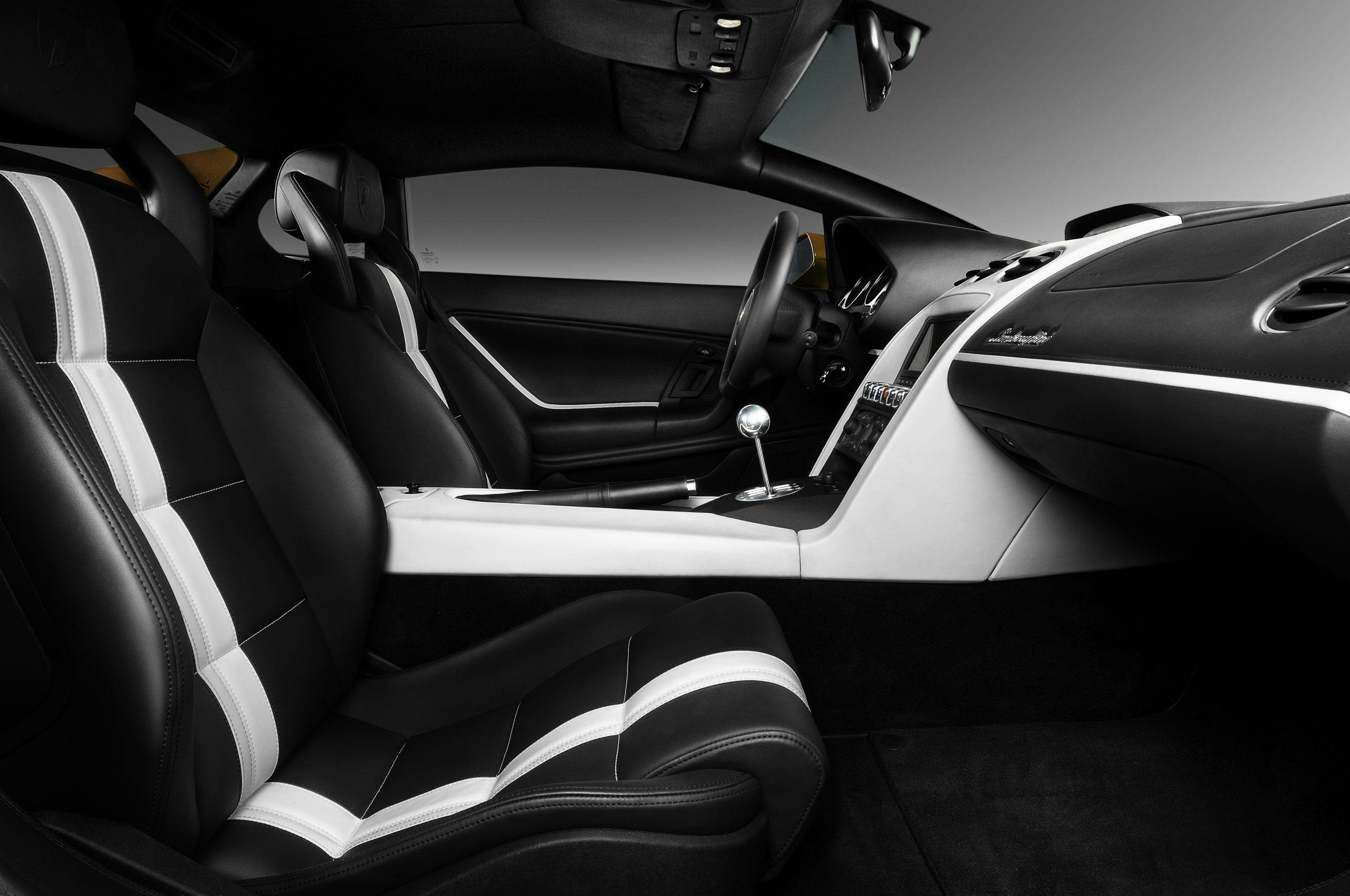Lamborghini’s best-selling sports car is a hit with younger collectors
It’s hard to overstate just how important the Gallardo was to Lamborghini. The Italian sports car brand had a rough time in the ’90s as it was shuffled through owners every few years before finally landing under the giant, German wing of the Volkswagen Automotive Group in 1998. Its safety was never guaranteed, however. If Sant’Agata were to stay viable, it needed to not only produce cars worthy of adoration, it needed to actually convince people to open up their pocketbooks and put those cars in their climate-controlled garages.
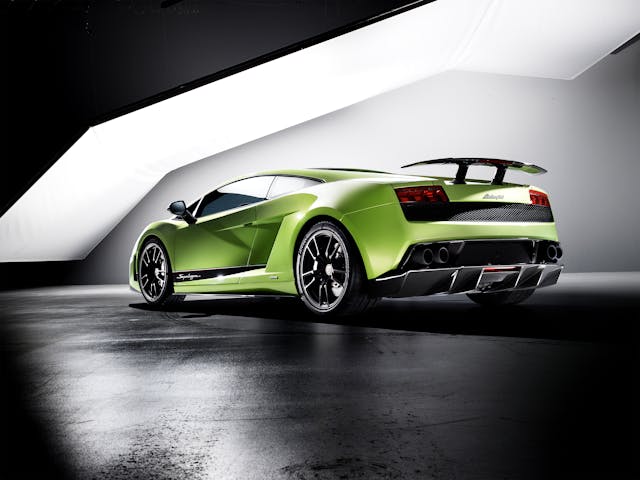
The Gallardo was the second Lamborghini developed under Volkswagen ownership. Though it arrived on the heels of the Murciélago, the Gallardo traces its roots much further back. When the V-8-powered Jalpa ended production in 1988, Lamborghini began cooking up a replacement. First came the P140, a wedge-shaped concept designed by Marcello Gandini that spawned a few working prototypes but never achieved full production. The P140’s engine, a 4.0-liter V-10, was reused in the Lamborghini Calà which debuted in 1995. A much more flowing design, this time styled by Giorgetto Giugiaro, it also failed to make production; not until Volkswagen AG’s acquisition of the brand in 1998 did any real development money become available.
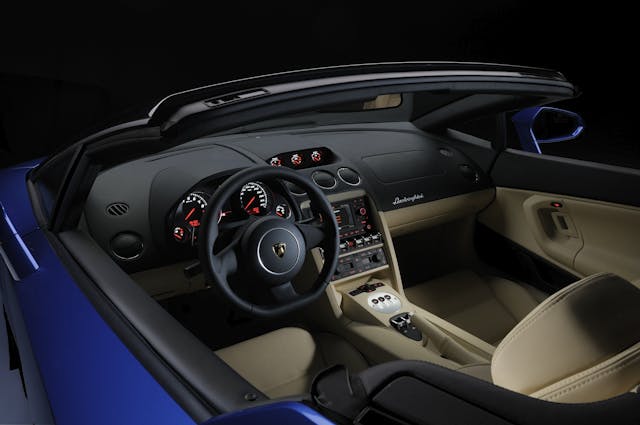
Fabrizio Giugiaro, using the Calà as a jumping-off point, penned the Gallardo and helped save the Lamborghini brand in the process. The Gallardo was beautiful, wickedly fast, and available in a wide variety of configurations. Lamborghini built Gallardos in RWD, AWD, coupe, and convertible variants with varying amounts of performance—ranging from awe-inspiring to panic-inducing—and also gave buyers the choice between a manual- or a paddle-shifted gearbox. Just as important as its technical and aesthetic credentials, however, the Gallardo was attainable for plenty of people. We wouldn’t call it an affordable car, mind you, but Lamborghini sold 14,022 Gallardos from 2003–13 over two generations, making it Lamborghini’s best-selling sports car. Hagerty’s own Jack Baruth noted that it was “the first American-market Lambo that people actually financed.”
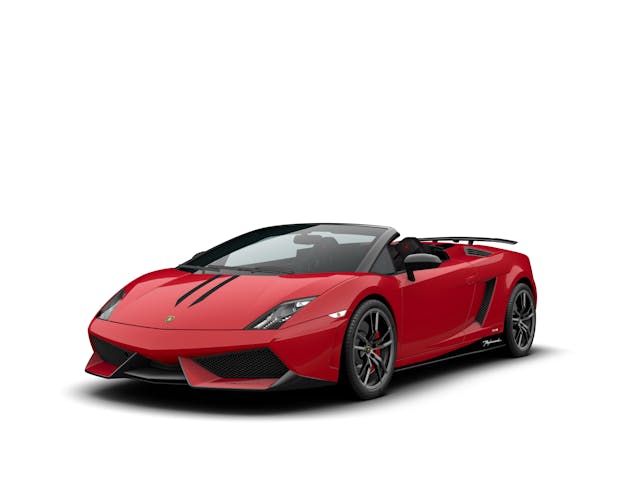
The Gallardo got a major overhaul for the 2009 model year with the introduction of the LP-560-4 and LP 560-4 Spyder that soon followed. This second generation of the Gallardo used a new, 5.2-liter V-10 with direct injection that not only improved performance but also fuel economy. Outside, the car got revamped styling with taillights that set the stage for the Aventador and a front end with narrower headlights and more prominently faceted lower grille openings, like its V-12 big brother, the Murciélago.
The fact that it was available in a stunning array of configurations and sold in decent numbers (for a supercar) means that the Gallardo makes a fantastic collectible. They sold in high enough volume that some are always trading hands and prices seem to be stable for now. Our valuation team recently added dozens of Gallardo variants to our price guide—accessible online via our Valuation Tools—and prices have only fluctuated a percent or two in the last three years.

This chart shows the current market for a number of Gallardo variants in #3 (Good) condition. Note that the RWD LP 550-2 Valentino Balboni, named after the famed Lamborghini test driver, carries a significant upcharge. Meanwhile, late-production versions of the LP570-4 Performante in #3 (Good) condition are valued at $140,000 with the E-Gear transmission, while a 500-hp, early-production Gallardo comes in at just under half that price.
Manual-transmission cars also carry a premium, typically demanding prices 50 percent higher than their E-Gear counterparts. Another interesting market tidbit that our valuation team picked up is that the brash and lively sports cars are significantly more popular with younger buyers. Baby boomers are seriously underrepresented, while Gen-Xers and millennials account for disproportionately high percentages of the Gallardo market—11 and 16 percent higher, respectively, than their overall share of the collector market.
As it evolved, the Gallardo got slightly more powerful and a bit quicker, while also honing its driving experience. The earlier AWD variants may not have been as lively as their Audi R8 counterparts were, but Lamborghini faithfully and constantly improved the lineup and created a stunning driver’s car. If you’re looking for a high-performance exotic and don’t need your Lamborghini to come with “Lambo doors,” the Gallardo offers a tantalizing array of options with unmistakably Italian style.

